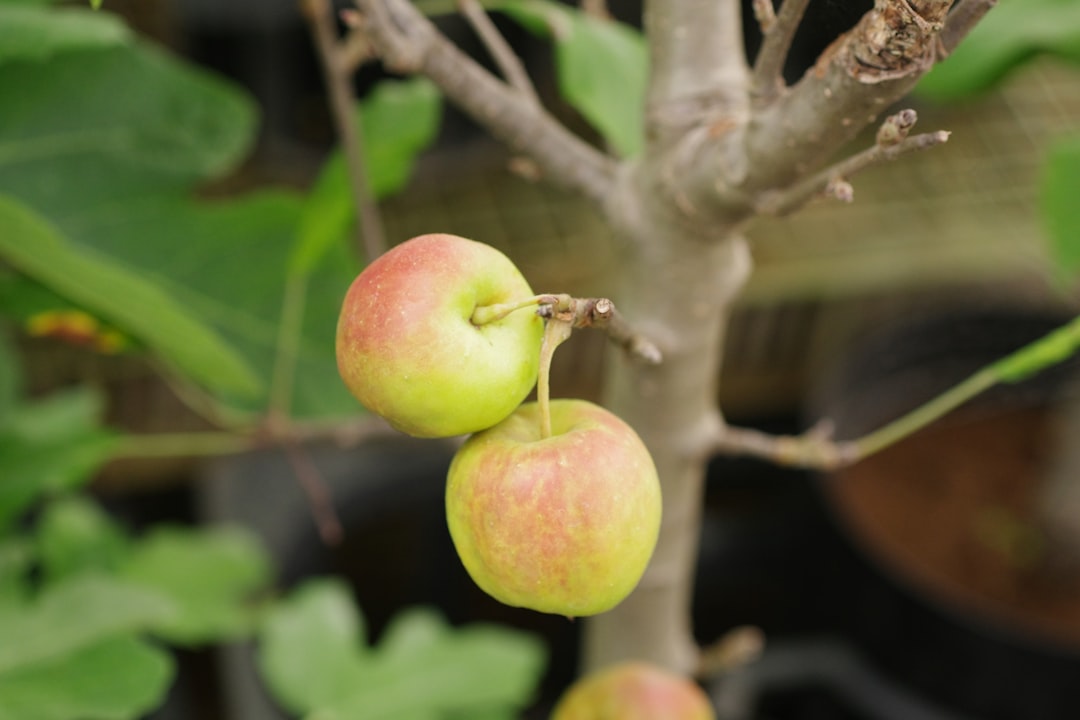Unleashing the Beauty of Bougainvillea Vines

When it comes to adding a splash of color and a touch of elegance to your garden, few plants can rival the charm of the bougainvillea vine. With its profusion of vibrant bracts, this plant has the power to transform any outdoor space into a tropical paradise. In this article, we will delve into the secrets of growing bougainvillea vines and help you create a stunning display in your own garden.
### Understanding Bougainvillea Vines
Bougainvillea is a genus of thorny ornamental vines, bushes, or trees. Native to South America, these plants are known for their colorful bracts, which are modified leaves that surround the small, white flowers. The bracts come in a variety of colors, including pink, purple, red, orange, and white, and they can provide a long - lasting display of color from spring through fall.
There are several different species and cultivars of bougainvillea, each with its own unique characteristics. Some are more compact and suitable for containers, while others can grow into large, sprawling vines that can cover a fence or a wall. When choosing a bougainvillea for your garden, consider the available space, the desired color, and the growth habit of the plant.
### Choosing the Right Location
One of the most important factors in growing a healthy bougainvillea vine is choosing the right location. Bougainvillea thrives in full sun, so it's essential to plant it in a spot that receives at least six hours of direct sunlight per day. In addition to sunlight, the plant also needs well - drained soil. Bougainvillea does not tolerate wet feet, so avoid planting it in areas where water tends to pool.
If you live in a region with cold winters, you may need to take extra precautions to protect your bougainvillea. These plants are sensitive to frost and cold temperatures, so it's best to plant them in a sheltered location or in containers that can be moved indoors during the winter months.
### Soil Preparation
Preparing the soil is crucial for the success of your bougainvillea vine. The soil should be rich, well - drained, and slightly acidic. You can improve the soil quality by adding organic matter, such as compost or well - rotted manure, before planting. This will help to improve the soil structure, retain moisture, and provide essential nutrients for the plant.
When planting your bougainvillea, dig a hole that is twice as wide and just as deep as the root ball. Gently remove the plant from its container and place it in the hole, making sure that the top of the root ball is level with the surrounding soil. Backfill the hole with soil and gently firm it around the plant. Water the plant thoroughly after planting to help settle the soil.
### Watering and Fertilizing
Proper watering is essential for the health of your bougainvillea vine. While these plants are drought - tolerant once established, they still need regular watering during the growing season. Water your bougainvillea deeply but infrequently, allowing the soil to dry out slightly between waterings. Overwatering can lead to root rot and other problems, so it's important to find the right balance.
Fertilizing your bougainvillea is also important to promote healthy growth and abundant flowering. Use a balanced fertilizer, such as a 10 - 10 - 10 or 15 - 15 - 15 formula, and apply it according to the package instructions. You can also use a fertilizer that is specifically formulated for flowering plants to encourage more bracts.
### Pruning and Training
Pruning is an important part of maintaining a healthy and attractive bougainvillea vine. Regular pruning helps to control the size and shape of the plant, promote new growth, and increase flowering. You can prune your bougainvillea at any time of the year, but it's best to do it after the plant has finished flowering.
When pruning, use sharp, clean pruning shears and make clean cuts just above a leaf node or a bud. Remove any dead, damaged, or diseased branches, as well as any branches that are crossing or rubbing against each other. You can also train your bougainvillea to grow in a specific shape or direction by tying it to a trellis, fence, or other support structure.
### Pest and Disease Control
Like all plants, bougainvillea vines are susceptible to pests and diseases. Common pests include aphids, whiteflies, and spider mites. You can control these pests by using insecticidal soap or neem oil. Make sure to follow the instructions on the product label carefully.
Diseases that can affect bougainvillea include fungal diseases, such as powdery mildew and leaf spot. To prevent these diseases, make sure to provide good air circulation around the plant and avoid overhead watering. If you notice any signs of disease, remove the affected leaves or branches and treat the plant with a fungicide.
In conclusion, growing a bougainvillea vine can be a rewarding experience. By following these tips on location, soil preparation, watering, fertilizing, pruning, and pest control, you can enjoy a profusion of vibrant bracts and a beautiful, healthy plant in your garden for years to come.